Who is an artist and what does he do?
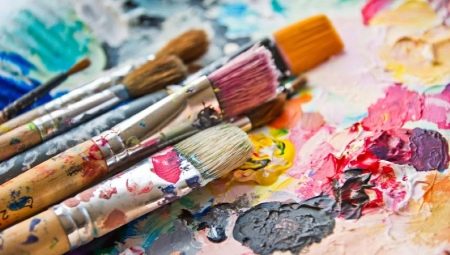
The profession of an artist is seen by many as something abstract, indistinct. It has overgrown with too thick a layer of stereotypes and myths - ranging from "an artist must be hungry" and ending with the image of a bohemian life-burner, with a slight touch of madness. In fact, everything is both much simpler and much more complicated at the same time. Let's try to define this profession, understand its intricacies and understand for whom it is suitable.
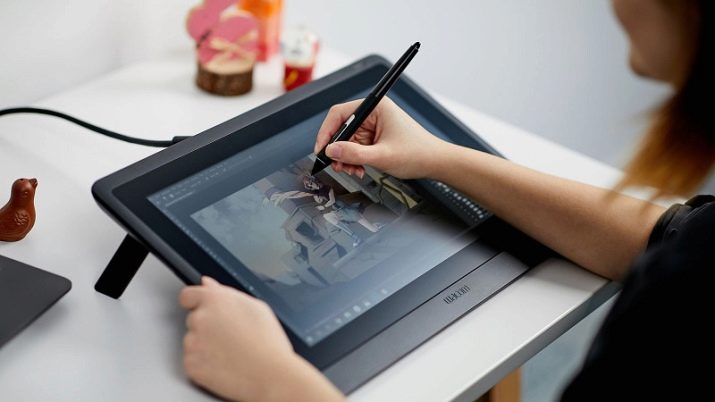
Description
The first definition that Ushakov's explanatory dictionary gives to the word "artist": "a person who works creatively in some area of art." This already sounds wider than our usual understanding of the term. In the second paragraph of the dictionary entry, however, there is already a clarification mentioning painters and marine painters. But even in it, next to them are sculptors, architects, whom we are used to seeing as representatives of other professions. Thus, even one glance at an article from an explanatory dictionary makes us understand that the artist's sphere of activity is much wider than it is commonly thought.
This profession is divided into many specializations, each of which does something different. The packaging of products, the design of the characters in computer games, the image of the heroes of the cinema, the interfaces of the programs that we use every day - artists from various fields have had a hand in all of this. In history, more often than not, all the artists remain who create paintings presented in museums. But this is far from the truth. Delving deeper into the history of theater, advertising or design, we will see many names of authors whose field for creativity was by no means canvas.But it is better to consider everything with specific examples, and before that - take a look at the key pros and cons of the profession.
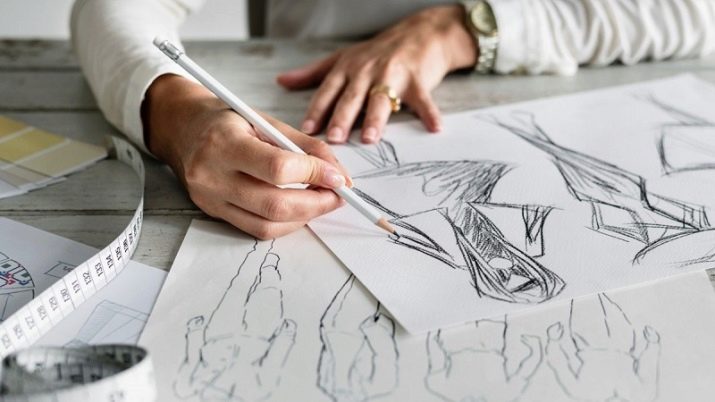
Advantages and disadvantages
Ideal professions simply do not exist. Everywhere there are pitfalls. With regard to the profession of an artist, a lot depends on the area of work. But there are general pros and cons.
Pros:
- the opportunity to realize creative potential;
- a chance to find a job with a free schedule, without being tied to an office;
- if you are talented enough, hardworking, know how to present your work - finding a profitable job in an interesting field will not be difficult, artists are now needed in many areas, the main thing is to weigh everything, find your own.
Minuses:
- with a high probability you will have to deal with crunches and work under tight deadlines;
- no one guarantees that your work will be in demand;
- a freelance artist must understand that unstable income and employment will be his faithful companions for some time;
- criticism, adherence to deadlines, instability - almost a 100% guarantee of stress.

Classification of artists
Now let's go directly to what kind of artists are, we will give a detailed description of some areas of their work. Artists are divided according to the directions they follow (romanticism, art deco, impressionism, etc.), according to their technique (watercolor, graphics, oil, etc.). Finally, by the area where they work (game industry, theater, illustration, etc.).
All these classifications are conditional, one and the same artist can work in different techniques, at different periods of his life be an adherent of different directions, and it is quite possible to change the field of work.
Watercolorist
Literally, this is an artist who paints with watercolors, that is, he uses a watercolor technique that is intermediate between graphics and painting. The important thing here is the ability to work with tone, light, the ability to make the texture of the paper another visual means that replaces the relief of the stroke.
Digital
The general designation of those artists who create their work using computer technology, using a graphics tablet and various software.

Designer
And here we are already dealing with a classification by field of activity. Nowadays graphic designers are more often called “designers”. This is a general designation that includes those who are engaged in creating advertising posters, all kinds of packaging for goods, decorating the interiors of apartments, houses, thinking over the appearance of building facades, drawing sketches of clothes, and developing furniture design.
Illustrator
Here the essence of the profession can be read from its name. The purpose of the work of an illustrator is to create illustrations for books. It is important here, in addition to the direct skills of the artist, to know the specifics of the book publishing business, the ability to understand the wishes of the customer. The idea of the illustrator should not only reflect his own vision of the book, its characters, but also meet the requirements of the issuing editor.
Painter
The most common designation on our list. Essentially, a painter is any artist who works in color on a hard, flat surface. The material can be oil, acrylic, tempera, etc. The main thing here is the ability to work with color, brushstroke, and paint from life. Moreover, the latter does not mean at all that the work should be realistic.
The painter in his paintings gives his own vision of the world, which may not have photographic accuracy.
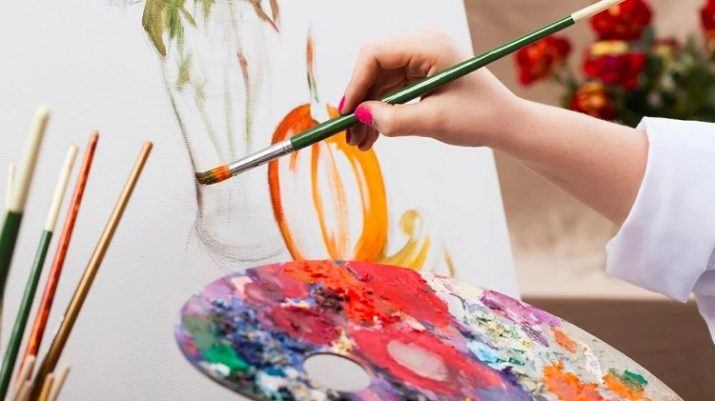
Make-up artist
Now let's look at a much more specific specialization. Yes, the make-up artist is also an artist who works on a very complex material - the human face and body. His work begins long before the start of filming or the raising of the curtain. In addition to the usual make-up itself, it is necessary to be able to work with plastic make-up, create scars, wounds, know what to do with fake blood, and make "posture" - wigs, beards, mustaches.
Work begins with a script. From it and the director's comments, the make-up artist should understand:
- in what world the action takes place;
- what historical period is being described;
- the tape will be colored or black and white, as it is planned to work with light;
- what the heroes are not only in relation to their appearance, it is important to take into account the peculiarities of character and behavior;
- what metamorphoses occur in the course of the plot with the characters.
When all this is thought out, the make-up artist proceeds to create sketches, calculate the materials necessary for working on the project - wigs, makeup, brushes, fake blood, etc. After discussion with the director of the sketches and an approximate estimate, preliminary work with the actors begins. Here pitfalls may emerge - the inconsistency of the actor's appearance with that described in the script, the need to age or rejuvenate someone.

A contracted actor on another project, for example, may not be allowed to shave off his mustache or cut his hair.... Some of these problems are now easily solved by computer graphics when it comes to cinema, but most of them fall on the shoulders of the make-up artist.
When the necessary adjustments have been made to the sketches, a test make-up is done, and the final estimate is developed. Working with each actor just before the start of filming takes 15 to 40 minutes, excluding cases with a specific complex make-up. You need to be able to work quickly, be able to make adjustments to the original idea on the fly, add variables such as weather, light, shooting time to the equation. And, of course, you need to be able to establish contact with people.
During filming, the make-up artist most often has to be next to the operator, be ready at any time to correct his work - makeup flowing from the bright light, a stray wig, a fallen scar. If the scene is not filmed at one time, it is necessary to take a picture of the actor in makeup in order to avoid a blooper in the final material.
It is important not to confuse the makeup artist with the makeup artist. The make-up artist works with the face, emphasizes natural beauty, hides imperfections. The make-up artist must take into account the character of the character, the plot of the work. On their basis, in fact, you need to create a face anew.
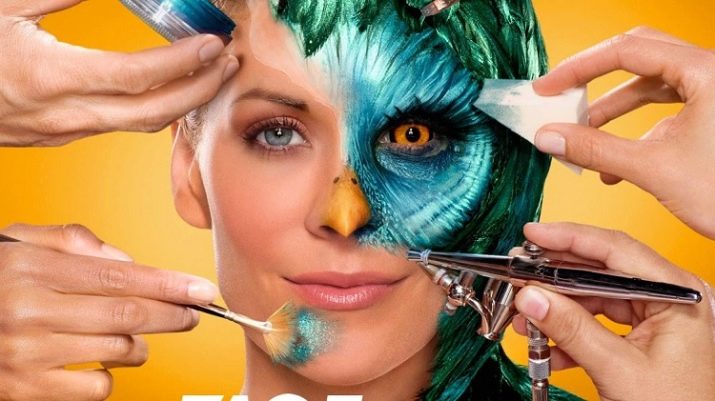
Theatrical
Not far from the make-up artists there are theater artists, they are also decorators. Their task is to work with everything that surrounds the actors - with decorations, objects of the environment, even with food standing on the table, in the frame or on the stage. Here, as in working with makeup, you cannot do without the ability to work with a script, to extract all the necessary information from it.
Other
And the list does not end with these professions. Animal painters, marine painters, collage painters, lettering masters - the list of areas and directions in which the artists are engaged can be continued for a very long time, everything is not limited to portrait, landscape, still life. But we will dwell on several more professions in more detail. For now, let's not stray too far from theater and cinema.
Production designer (set designer)
A person who is, in fact, a co-author of the director, and under whose supervision a whole group of authors work - from decorators to make-up artists. The set designer develops, in accordance with the director's idea, the appearance of the performance, its style, creates layouts of scenery, controls the selection of props and costumes.
Costume designer
Contrary to popular belief, a costume designer is important not only when working on a historical or science fiction film or play. The clothes of the characters acting in our world and in our time are no less important. She emphasizes the situation, the character of the hero. In the frame, a suit of the right color can add the necessary accent, even if it is worn by the extra actor.
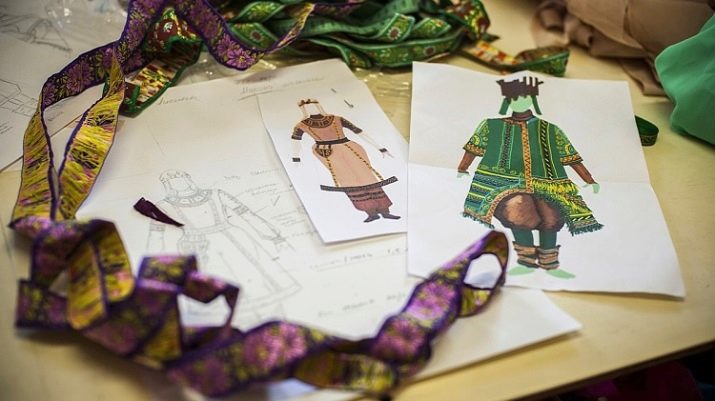
Game artists
The industry that many artists are striving for now is the gaming industry. They can be understood. Yes, developing small indie games is by no means profitable, and often even unprofitable. But there are AAA projects, getting into the team which guarantees good fees, gives you a chance to be noticed.
There are several artistic professions involved in the gaming industry.
- Art directors - more managers than artists themselves, but without the appropriate education, skills, talent, understanding of the processes of creative activity, this is indispensable, they coordinate work on the artistic component of the project.
- Illustrators - are responsible for the static visual content of the cover, character avatars, loading screens, posters, brochures, etc.
- Graphic designers - they develop logos, icons, together with illustrators they work on related printing.
- UI designers - create a user interface, a "trifle" for which gamers and critics can smash the project to pieces.
- Concept Artists - on their shoulders lies the task of creating a direct visual concept of the game - character design, sketches of locations, weapons, etc. Work, where, first of all, it is necessary to have a remarkable imagination and the ability to generate ideas without getting out of the general concept.
This is how we approached the next important topic - the knowledge and qualities necessary for an artist.
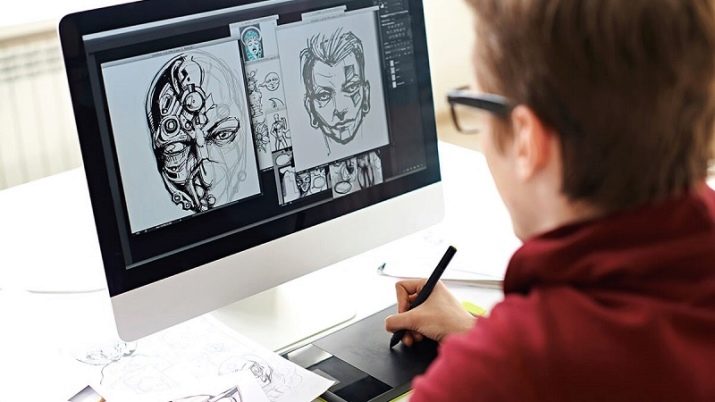
Knowledge and skills
The knowledge required for the job will differ in different areas. Let's go through the main ones:
- knowledge of materials, the ability to work with them;
- the basics of painting, drawing, working with color, composition;
- knowledge of theory and history of art, terminology;
- understanding of current trends;
- possession of several techniques of creativity;
- understanding the basics of human and animal anatomy;
- introduction to the theory of graphic design;
- understanding the basic principles of human perception of visual information;
- your own author's style, you need to be able to move away from it, if the project requires it;
- the ability to draw both by hand and using a graphics tablet, you will need skills in working with raster and vector graphics in specialized programs: Adobe CC, Adobe Photoshop, CorelDraw, Krita, etc.
Depending on the industry, mathematics, lettering, collage, knowledge of programs for working with 3D graphics, the basics of directing, the basics of printing, etc. may be added to this list.

Personal qualities
As for the character traits, the necessary personal qualities, here the list will be no less voluminous. To survive and succeed in the profession, you will need:
- imagination - without this tool, the artist is nowhere;
- good visual memory, attention to small details;
- multitasking, high efficiency;
- stress tolerance;
- the ability to organize your work schedule on your own, good time management skills;
- the desire to show your work to people, the ability to present it and sell it, hence the customer focus, the willingness to communicate with many people - with customers, gallery owners, critics, colleagues (it will not work to become a sought-after artist without leaving the workshop or because of a computer);
- the ability to soberly perceive both criticism and praise;
- willingness to constantly learn, try something new, improve oneself, supplementing one's portfolio;
- a responsibility.
Naturally, few people are capable of possessing the entire list of traits at once, and the creative path of a particular artist may not require any qualities or, conversely, supplement this list. But anyone who plans to build a career in this area should develop these traits.
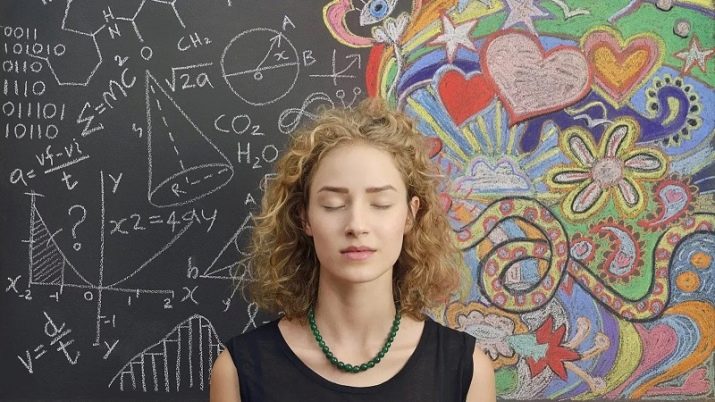
Education
Ideally, if the parents see the child's inclination to be creative, the desire to do this, you need to start art education from an early age. Various circles, and in the future the art school will not hurt anyone, if they are not driven out from under the stick - this can discourage the urge to take up a pencil for a long time. It is important to remember that no matter how necessary your own style is, knowing the basics of academic painting will give you a base on which this style will build. Self-taught people can make their way in a number of specialties - this is a fact, but a higher education in a suitable field is an important help in future job searches.
You can start both from secondary specialized education - a college or technical school, where you can enter after grade 9, and from admission after grade 11 to a university of the corresponding profile. The most prestigious in Russia are considered to be the St. Petersburg State Academic Institute of Painting, Sculpture and Architecture named after I.E. Repin and the Moscow State Academic Art Institute named after V.I.Surikov.
Do not underestimate the role of courses, distance and classical. They can help improve existing and acquire new skills, and some professions (make-up artist, a number of specialties in the gaming sphere, etc.) can be mastered, by and large, only with the help of courses.
Where does it work?
We have already mentioned the main areas of work of artists, speaking of their types. These are book publishing, advertising, web development, game industry, cinema, theater, costume design, interior design, packaging, work in a gallery or museum. And, of course, the creation of work to order, freelance.
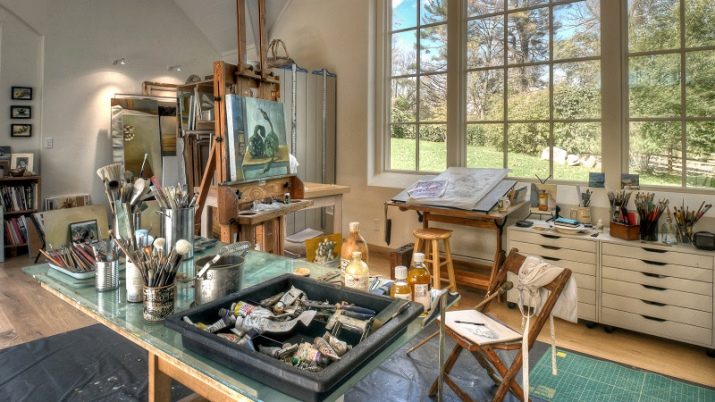
How much does he earn?
The salary of an artist directly depends on the direction and scope of work. The same can be said for income stability. Amounts range from a couple of thousand rubles for a project of an ordinary freelancer to fabulous fees from eminent craftsmen. The average salary for an illustrator, depending on experience and scope of work, is 15-70 thousand rubles. A graphic designer can count on a fee of up to 40 thousand.
It is pointless to discuss the price tag for paintings, it depends on too many criteria and is exhibited by the artist himself. In most cases, the price of a portrait painted with the assistance of computer technology will start from a thousand rubles. A black and white sketch can cost less than a thousand, and a full-length color art with a detailed background - about 4 thousand. Prices are directly related to the demand for the author, the complexity of the specific work.
The choice of the profession of an artist depends not only on the presence or absence of talent. This should be a balanced and deliberate decision, an understanding of the area in which you want to express yourself. Talent is just a base that will only matter in case of constant, painstaking work.









